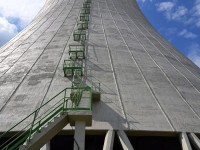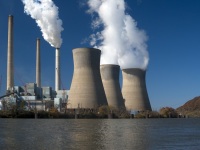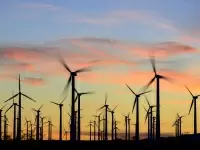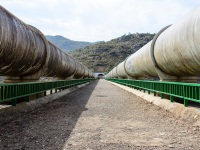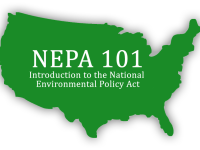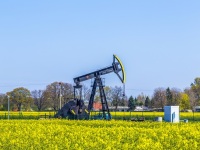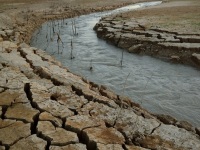It is estimated that people spend up to 90% of their time indoors. (1) As such, indoor air quality can have an immense impact on health and general quality of life. Both the Environmental Protection Agency (EPA) and Occupational Safety and Health Administration (OSHA) provide guidance based on research for indoor air quality but it…
Read more
Indoor Air Quality and Environmental Health


